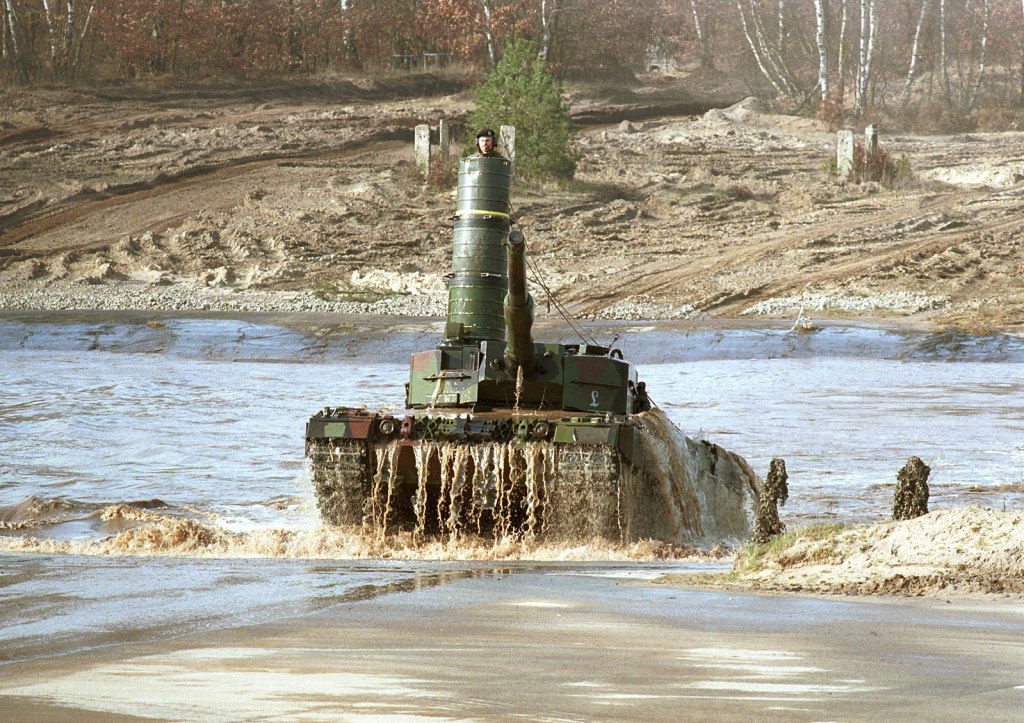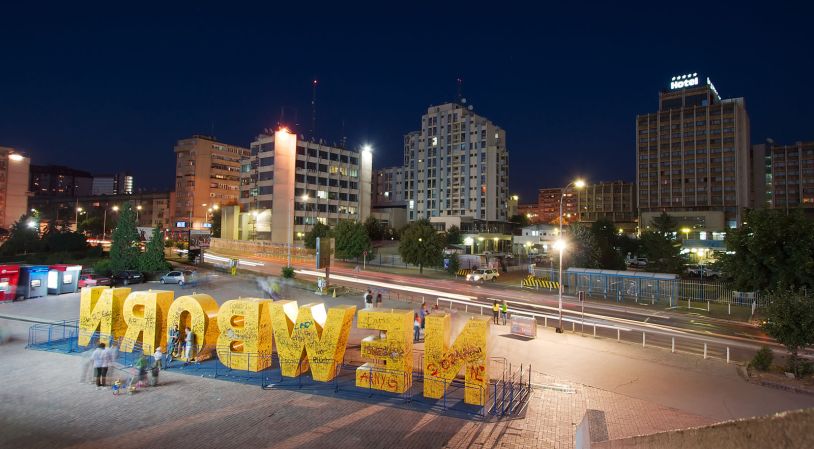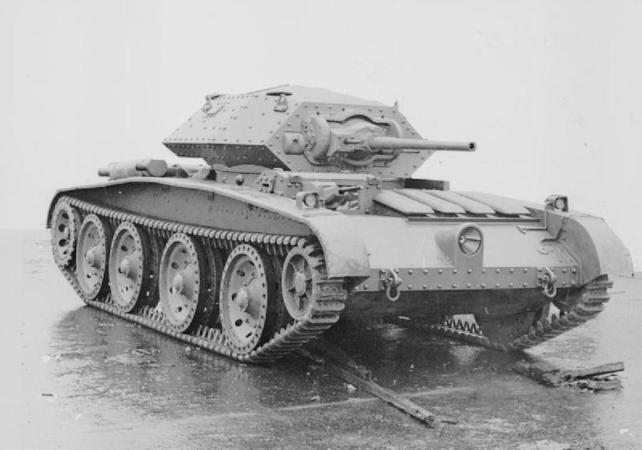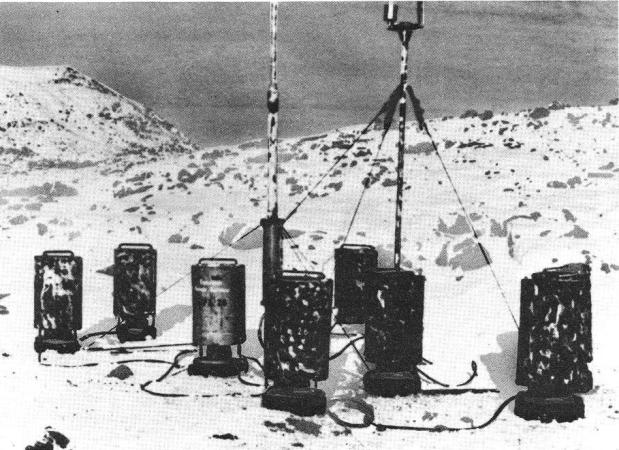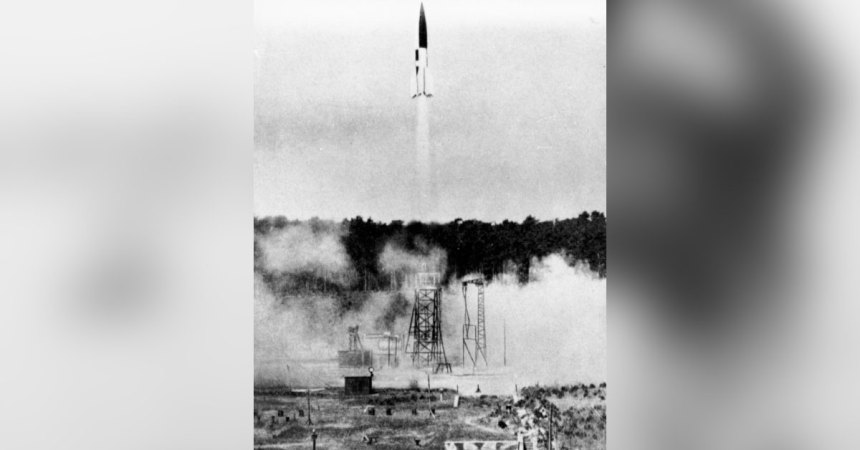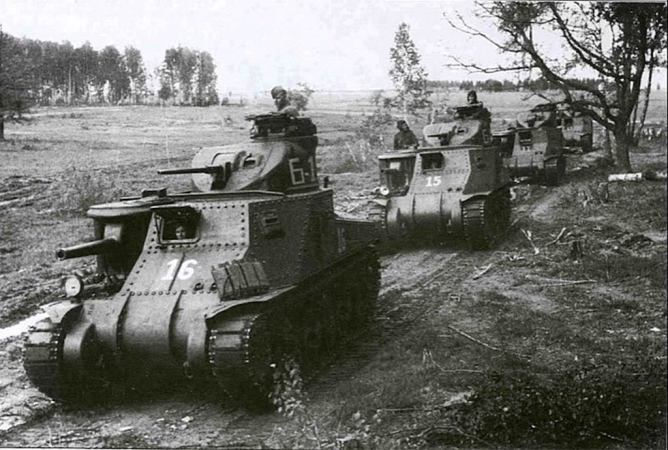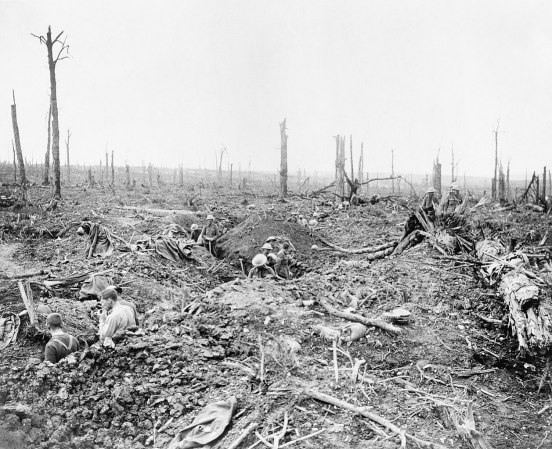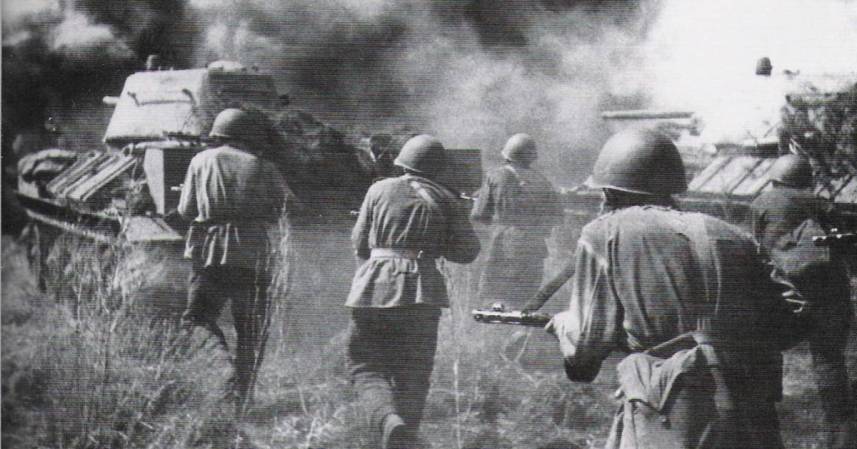Germany will soon be sending its homegrown, third-generation Leopard 2 Main Battle Tank for use by the Ukrainian Armed Forces against the Russians. That’s good news for Ukraine, and potentially devastating news for the hundreds of thousands of Russian conscripts who will soon be facing it in combat. The Leopard 2 is finally getting a chance to do what it was designed to do: kill Russians and destroy tanks in Eastern European battlefields.
It was first developed by West Germany during the Cold War. It’s also going to get the chance to fight alongside American-made Abrams tanks, and put the intended interoperability of the two to the test against the Russian Army. It’s likely that a lot of old-time Cold Warriors are going to be very interested in the results.
But Ukraine won’t be the first time the Leopard 2 tank has seen combat. It was designed in the 1970s and entered German service in 1979. Its designs have been modified and upgraded since then and has deployed with the Bundeswehr on multiple occasions, usually as part of a joint NATO mission. Here’s where the tanks have seen action and how well they performed.
Kosovo
When Yugoslavia fell apart after the Fall of the Soviet Union, Kosovo Albanians revolted against the Yugoslav government. In 1999, Yugoslavia began a campaign of repression against ethnic Albanians in Kosovo through a series of atrocities that included rape, arson, and accusations of genocide. NATO intervened with a series of bombing campaigns and peacekeeping forces. German Leopard 2 tanks deployed as part of that peacekeeping force.
The German Army sent 28 Leopard 2A5 tanks to Kosovo, which were used for patrols, security checkpoints, and shows of force in the municipality. Almost as soon as the Leopards arrived, they began to take fire from Serbian paramilitary groups. The tanks, though partially crewed, made short work of the anti-Kosovo attackers. From then on, all they needed to do was fire warning shots to keep potential gunfights from breaking out across the region.

Afghanistan
Many countries actually use the Leopard 2 tank and its variants. These include Canada, Singapore, Indonesia, Qatar, Spain, Poland, Turkey, Hungary, Denmark, Sweden, The Netherlands, and Switzerland. Many of these countries also joined the United States International Security Assistance Force (ISAF) in Afghanistan after the U.S.-led invasion in 2001. Canada deployed its Leopard tanks to Kandahar in December 2006, and the Canadian Forces are no doubt happy they did.
The Taliban wasted no time in engaging the Canadian Leopard 2 tanks in combat. By 2007, the tanks had been battle-tested in a series of complex ambushes set up by the insurgents. In August of that year, a Canadian Leopard 2 tank was hit by an Improvised Explosive Device (IED) in one of those ambushes, testing its anti-mine capabilities. It worked like a charm. The entire tank crew survived and the tank itself was repaired and put back into action. Canada’s top staff officer, Gen. Rick Hiller, wrote to the German government: “The Taliban have been engaged with some of the new Leopard 2 tanks in several ambushes… [they] learned some very harsh lessons very quickly and very violently.”
Denmark also sent its Leopard 2 tanks to Afghanistan In January 2008, Taliban fighters attempted to outflank a Danish and British force in Helmand Province but were turned back by the tanks’ overwhelming fire. A Danish Leopard 2 was also hit by an IED in Helmand that year, the attack killed only the driver of the four man crew, but the rest escaped without injury and the tank was repaired.
Operation Euphrates Shield
When Turkey crossed its border with Syria to take on the Islamic State forces from a new front, it did so with hundreds of Leopard 2 tanks. Operation Euphrates Shield was a counterinsurgency operation, not the kind of force-on-force warfare the tank was designed for, but it still performed admirably, although the Turkish tank fleet took heavier losses than those seen in Kosovo or Afghanistan.
ISIS fighters used anti-tank missiles against the Turkish Leopard 2 tanks, which were much more devastating to the tanks and its crews than Afghan IEDs. By the end of 2016, Turkey lost 10 of its tanks to anti-tank missiles or vehicle-borne IEDs. Through 2017, six more tanks were lost to shoulder-fired anti-tank missiles used by ISIS fighters.
One of the problems for the Turkish government was that its tanks didn’t receive anti-explosive upgrades from Germany because Turkey violated its agreement not to use them against Kurdish forces fighting ISIS. It was risk the Turkish government seemed fine with taking, Turkish troops suffered as a result.

